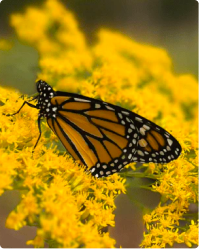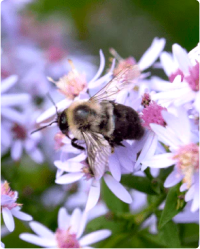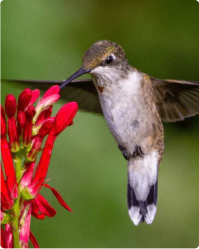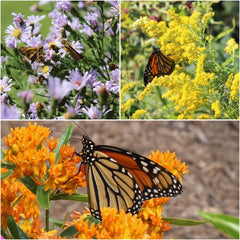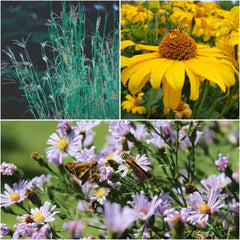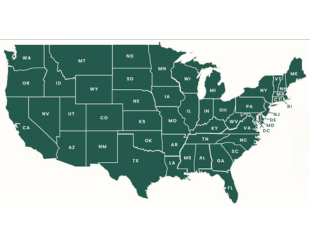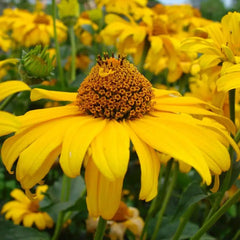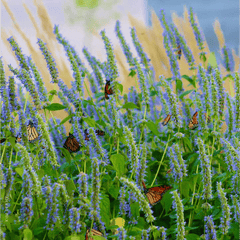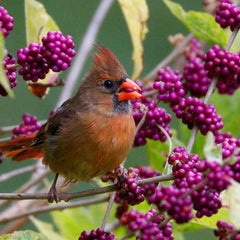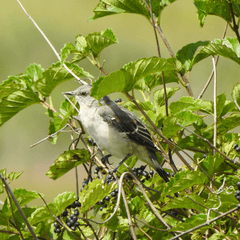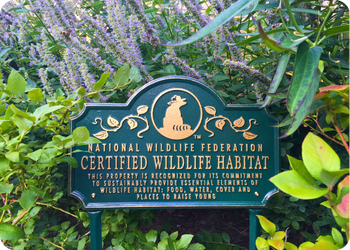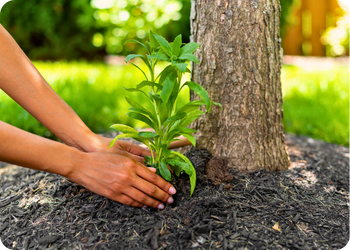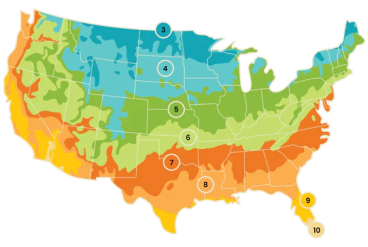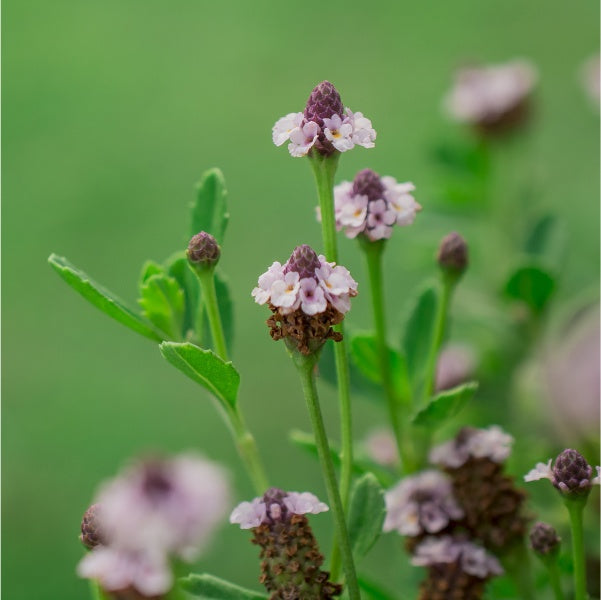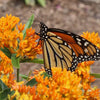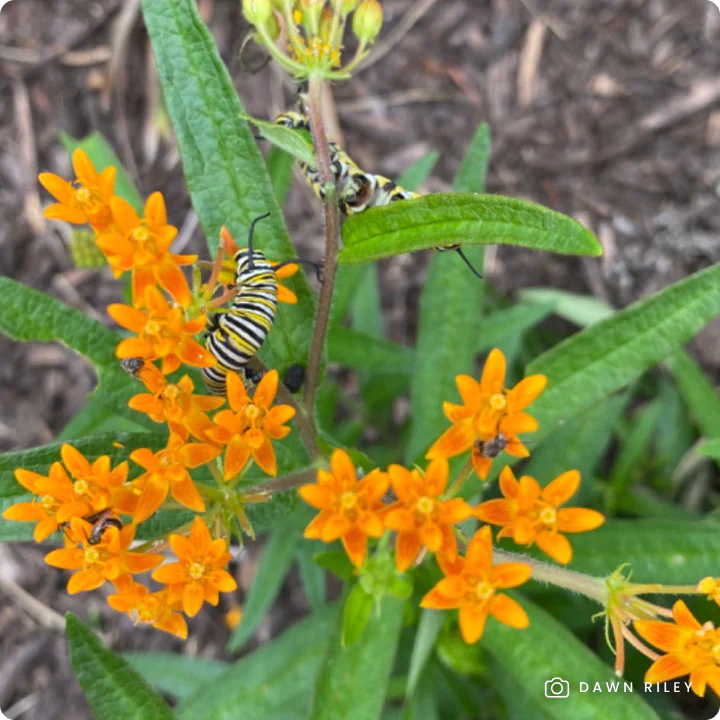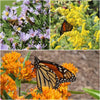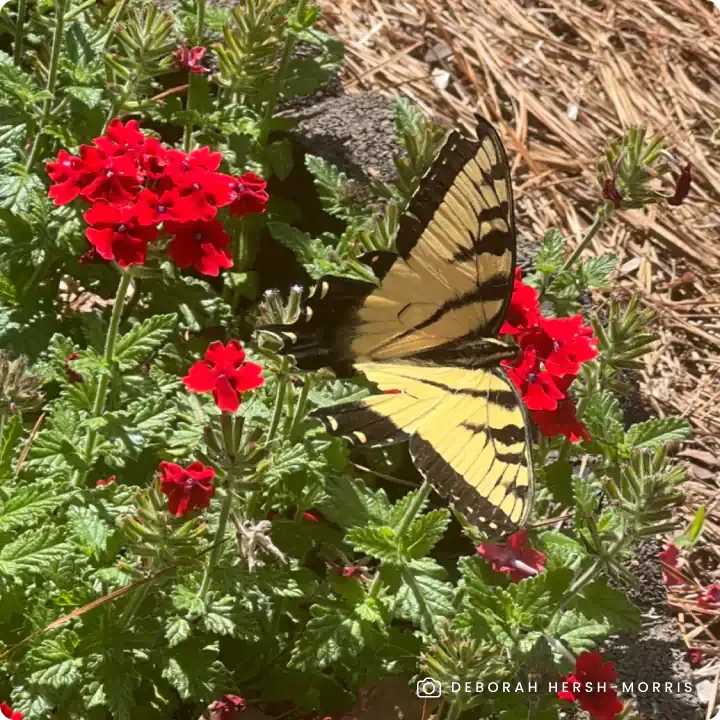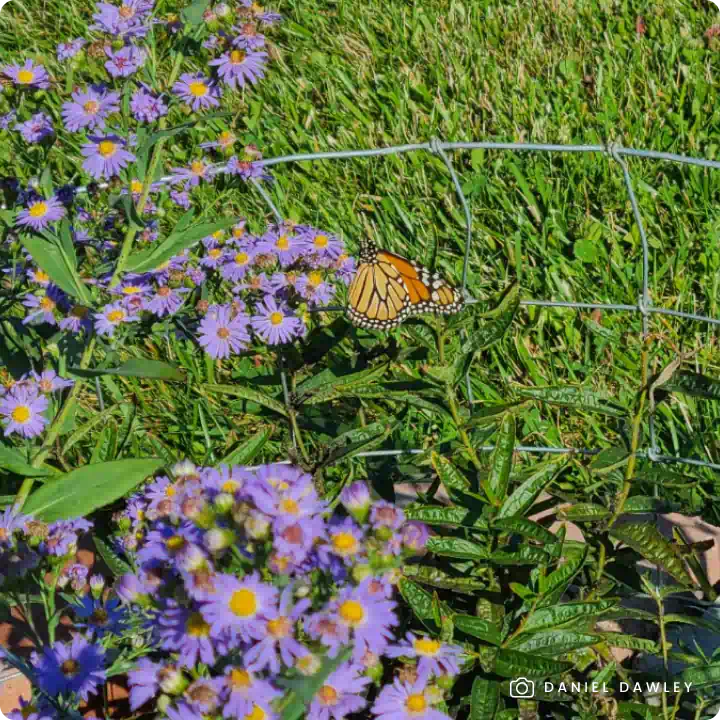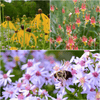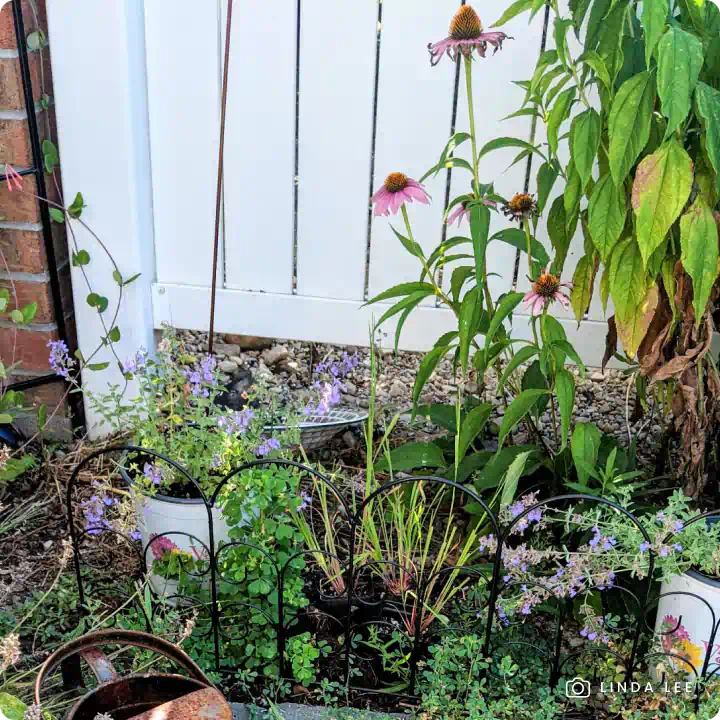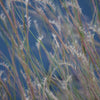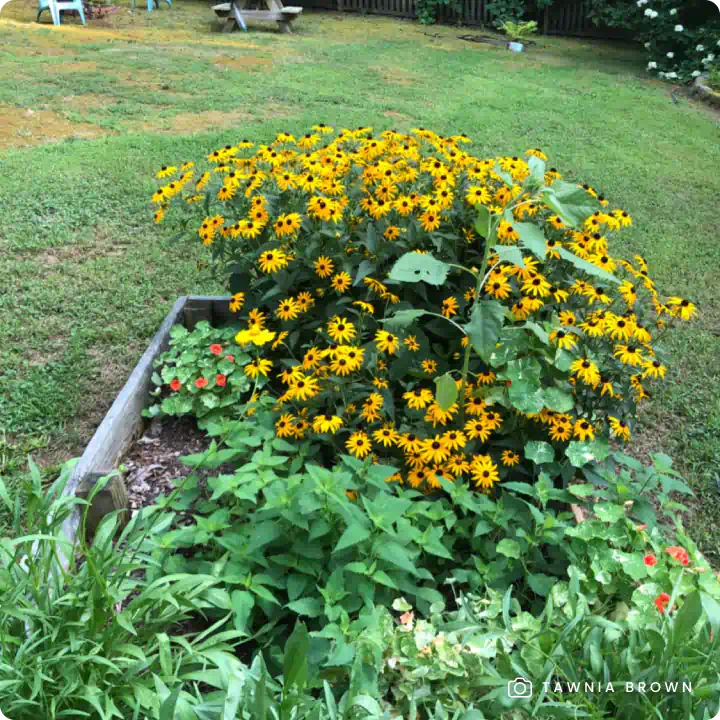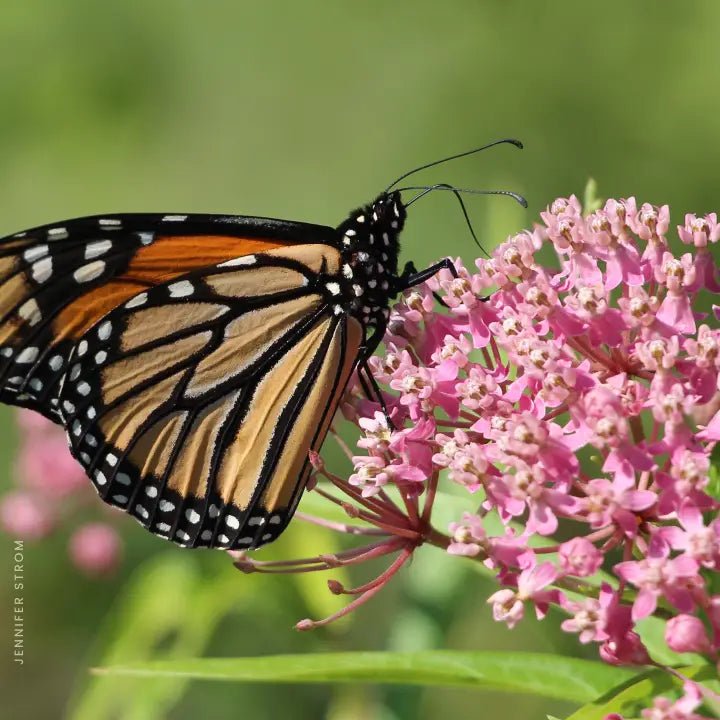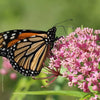Frogfruit (Phyla nodiflora) is a hardy, low-growing, evergreen perennial that brings ecological value and beauty to your garden. With charming clusters of tiny white to pinkish flowers, this adaptable plant provides nectar for bees, butterflies, and other pollinators. As a host plant for butterflies like the Phaon Crescent and White Peacock, it supports their full life cycle, making it a vital addition to wildlife-friendly landscapes.
Key Features:
- Host Plant: Provides essential habitat for the larvae of Phaon Crescent, White Peacock, and other butterflies, supporting their development.
- Pollinator Friendly: Tiny flowers bloom prolifically from May through November, sometimes year-round, offering nectar for bees and butterflies.
- Groundcover Extraordinaire: Forms a dense mat-like growth that helps prevent soil erosion, provides shelter for small critters and ground-nesting bees, and serves as a resilient lawn alternative.
- Adaptable: Thrives in a wide range of conditions, from dry to moist soils, and can even be grown in containers for added versatility.
- Low Maintenance: Evergreen and drought-tolerant once established, it requires little care while offering year-round interest.
- Eco-Friendly: Grown non-GMO and free of harmful neonicotinoids, promoting a healthy ecosystem for pollinators and wildlife.
Available in sets of three, six, or 12 plants to fit any garden size.
Why Choose Frogfruit?
Frogfruit is more than just a groundcover—it’s an ecological powerhouse. Its ability to thrive in challenging conditions while supporting pollinators, preventing erosion, and providing wildlife shelter makes it an invaluable addition to gardens of any size. Perfect for replacing traditional lawns, creating pollinator pathways, or adding texture to containers, Frogfruit offers beauty, function, and sustainability.
Planting Tips:
- Location: Prefers full sun to part shade with well-drained soil. Adapts to a variety of soil moisture levels, from dry to moist.
- Watering: Water regularly during the first growing season to establish roots. Once established, it requires minimal water.
- Maintenance: Minimal care required. There's no need to deadhead the flowers, as allowing them to go to seed provides a valuable food source for birds. Leaving the stems standing in the fall offers overwintering sites for beneficial insects. If desired, cut back the stems in late spring after pollinators have emerged.
For more information on planting, view our How to Plant Your Native Plants guide and other planting tips in the Garden for Wildlife Learning Center.
Enhance your garden with the beauty, resilience, and ecological benefits of frogfruit. Its versatility, low maintenance, and support for wildlife make it an outstanding choice for sustainable landscapes.
